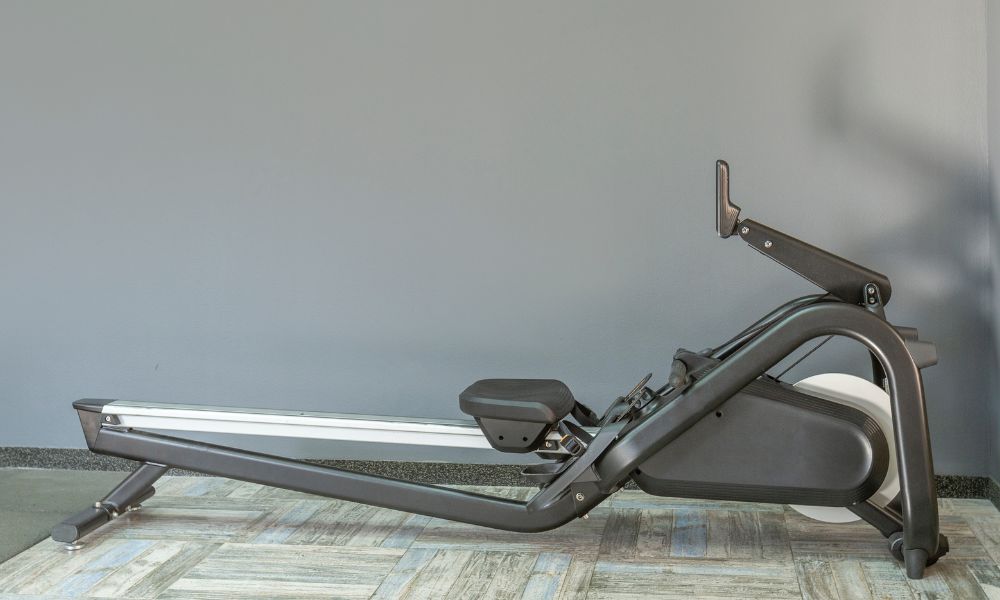You have no items in your shopping cart.
0item(s)
You have no items in your shopping cart.

Many celebrate rowing machines for offering one of the most comprehensive, low-impact aerobic workouts, engaging the upper and lower body with precise, synchronized movements. However, even the most dedicated athletes experience discomfort from prolonged sessions on a hard seat, making the addition of a butt pad a necessity for those seeking to maximize their performance. Learn more about the benefits of comfortable seating and why it’s okay to place a butt pad on your rower machine for a more enjoyable and productive rowing session.
At first mention, a butt pad might seem like a luxury, but its benefits are foundational to an effective rowing session. A good quality pad provides a cushioned support layer, offering comfort you’ll appreciate with every powerful pull. It elevates your comfort by preventing the build-up of pressure points that are a nuisance and, over time, a deterrent to your rowing regimen.
A butt pad improves posture during your session, acting as a support base for a stronger, more effective row. Additionally, for those with tailbone or lower back issues, a butt pad may be the very solution that you need to use your rowing machine without the fear of pain, potential discomfort, or related injuries.
Some rowers might initially resist the idea of incorporating a butt pad into their routine, perhaps seeing it as a sign of weakness or a crutch they should overcome. However, comfort is not an indulgence when rowing; it’s an integral part of maintaining dedication to your fitness. Contrary to the concern of the butt pad affecting the “authentic experience” of rowing, it allows you to focus on your rowing form and strength, undisturbed by the discomfort that a bare seat may bring.
The key to reaping the full benefits of a butt pad lies in selecting the right one for your specific rower model and personal preferences. Materials play a crucial role, with a preference for high-density foam for its balance of softness and support.
Thickness is also important—too thin, and you lose comfort; too thick, and it might alter the height, affecting your rowing form. Ergonomic design is a feature to watch for, with contoured pads often providing the best ergonomic fit—cupping your posterior without restricting movement.
Adopting a new accessory into your rowing setup might seem straightforward, but proper use and maintenance are paramount to get the most out of your butt pad. Position the pad in a way that feels most comfortable to you, being mindful that it doesn’t slip during use, which could be distracting or unsafe.
Regular cleaning and maintenance will keep it hygienic and extend its shelf life. Store it appropriately and avoid harsh chemicals during cleaning to preserve the material.
With the combined benefits of enhanced comfort, improved posture, and an overall more enjoyable rowing experience, it’s okay to place a butt pad on your rower machine. It underscores a critical aspect of home fitness—that comfort, in its many forms, makes the difference in a great workout.